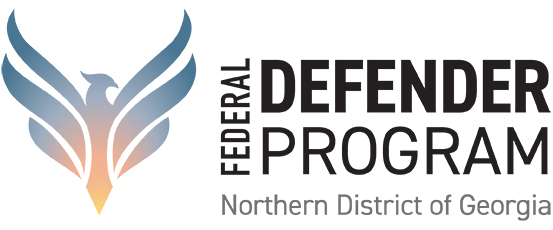Clevon Webster allegedly used stolen social security numbers to apply for government benefits. The crimes ended by June 2015, so the five-year statute of limitations, 18 U.S.C. § 3282(a), allowed the government to bring charges until June 2020. But during the coronavirus pandemic, grand juries in the Southern District of Georgia were suspended from March 2020 until November 2020. As a placeholder, the government filed an information within the limitations period, and it filed an indictment months later, after the courthouse reopened. Webster challenged the indictment on the basis that it was untimely. In US v. Webster, the Eleventh Circuit panel affirmed the conviction because the information “instituted” the prosecution on time; it tolled the limitations period under § 3282(a) and the later indictment related back to the date of filing the information.” [By Judy Fleming].
Moises Sotelo moderated a social media group that shared child pornography. He pled guilty to one count of receipt of child pornography, and the district court sentenced him to 121 months in prison. On appeal, Sotelo argued that his sentence was substantively unreasonable because it went far above the 82-month joint recommendation. In US v. Sotelo, the Eleventh Circuit rejected the claim because the court’s chosen sentence landed both below the guideline range and far below the statutory maximum. It didn’t help Sotelo’s cause that he was the moderator of the group, not just a participant. Sotelo also argued that the Amy, Vicky, and Andy Child Pornography Victim Assistance Act of 2018 (AVAA), which amended 18 U.S.C. § 2259 to provide a framework for the calculation of restitution in child sexual exploitation cases (and set a minimum $3,000 restitution amount), supplanted the restitution calculation factors defined by the Supreme Court in Paroline v. United States, 572 U.S. 434 (2014). The panel disagreed with that, too. The Paroline factors still apply to calculations of restitution in CP cases, even with the AVAA on the books. These factors include “(1) the number of past criminal defendants found to have contributed to the victim’s general losses; (2) reasonable predictions of the number of future offenders likely to be caught and convicted for crimes contributing to the victim’s general losses; (3) any available and reasonably reliable estimate of the broader number of offenders involved; (4) whether the defendant reproduced or distributed images of the victim; (5) whether the defendant had any connection to the initial production of the images; (6) how many images of the victim the defendant possessed; and (7) other facts relevant to the defendant’s relative causal role. Id. at 460. Unsurprisingly, Sotelo’s prison sentence and restitution were affirmed. [By Ross Brockway].
The opinion in US v. Schreck does not involve the prosecution of a green ogre. But it does involve the meaning of “use” and “false document.” If you are a “believer” in textualism, this case might leave “a trace of doubt in your mind” about how it works. Schreck, a human, used a fake identity to obtain a 2011 passport. But he later revealed his true self, like Princess Fiona, when he applied for a passport renewal in 2021, using his true identifying information and attaching his 2011 passport with the application. He signed a statement certifying that he had not “made false statements or included false documents in support of this application.” But to the government, once an ogre, always an ogre. So Schreck was charged and convicted under 18 U.S.C. § 1542. The Eleventh Circuit affirmed. The statute prohibits the “use” of “any passport the issue of which was secured in any way by reason of any false statement.” Schreck argued that he did not “use” his fraudulently obtained 2011 passport, because “to use a passport” naturally means to use a passport for travel-related purposes. The panel disagreed, saying that the term “use” was expansive and even includes submitting a passport in a passport renewal application to prove identity and citizenship. The statute also prohibits making “any false statement in an application for passport with intent to induce or secure the issuance of a passport”—the “false statement” here being the certification that no “false documents” were included. Schreck argued that the 2011 passport was not a “false document”, because “false document” naturally just means “inauthentic documents.” The panel disagreed, again, saying that “false documents” can also mean documents that contain false statements. The moral of this fairy tale? If your client is charged under a statute that has the term “use” or “false,” read this opinion. [By Sean Young].
Jonathan Morris was detained after a traffic stop. Police found two firearms in the car. The government charged Morris with being a felon-in-possession of a firearm in violation of 18 U.S.C. § 922(g)(1). At trial, the district court refused Norris’s request to instruct the jury that it must be unanimous in finding which of the two firearms he possessed. In US v. Morris, the Eleventh Circuit affirmed: “Possession of a particular firearm in violation of § 922(g) is a means of committing, rather than an element of, the crime of possessing ‘any firearm’ as proscribed by the statute. Jury unanimity on the particular firearm possessed is thus not required where there is evidence that the defendant possessed more than one firearm.” In the end, the “jurors were free to disagree about which of the two firearms Morris possessed because they had to agree unanimously that he unlawfully possessed a firearm.” [By Stephen Johnson].
